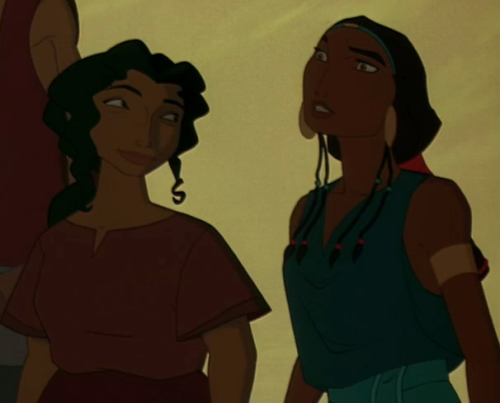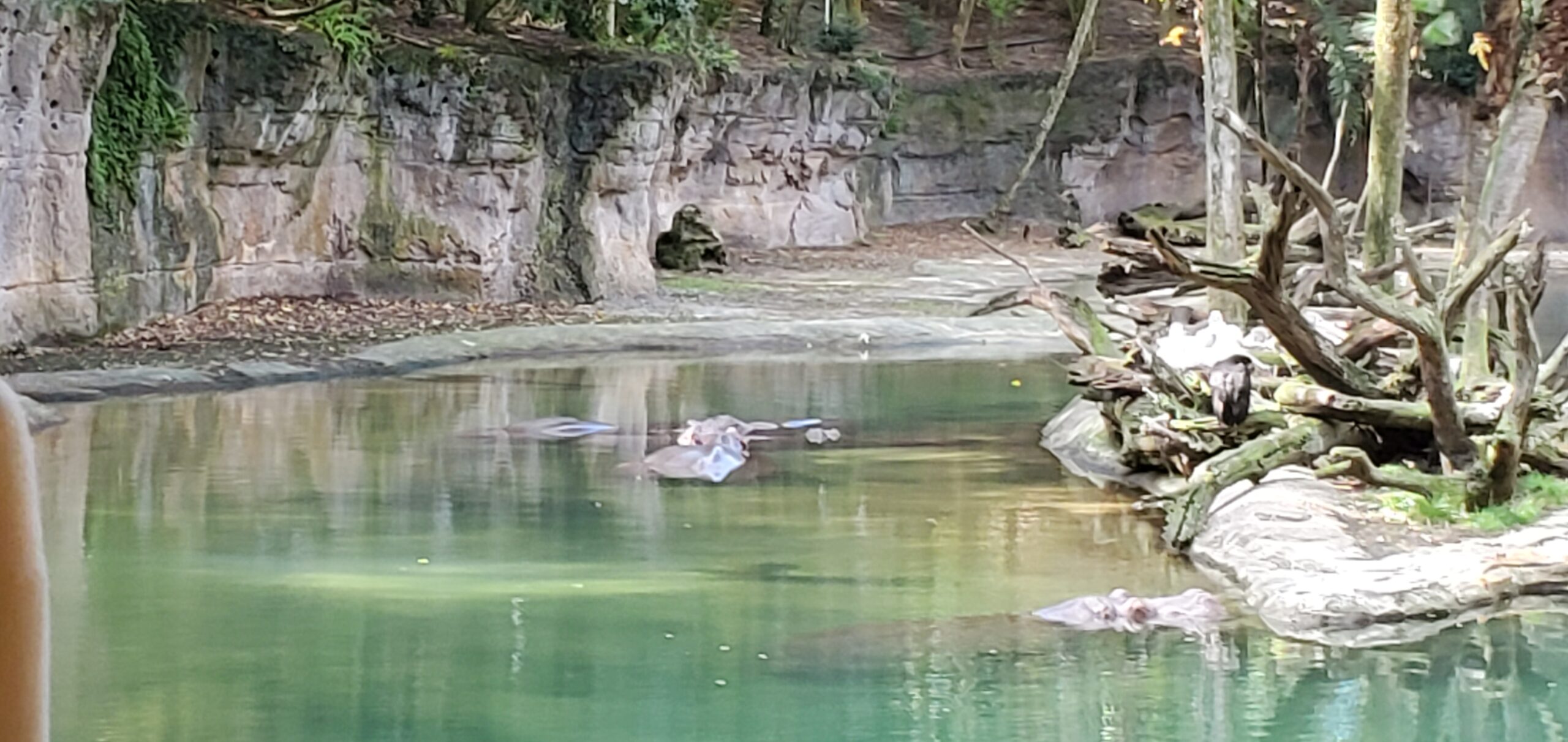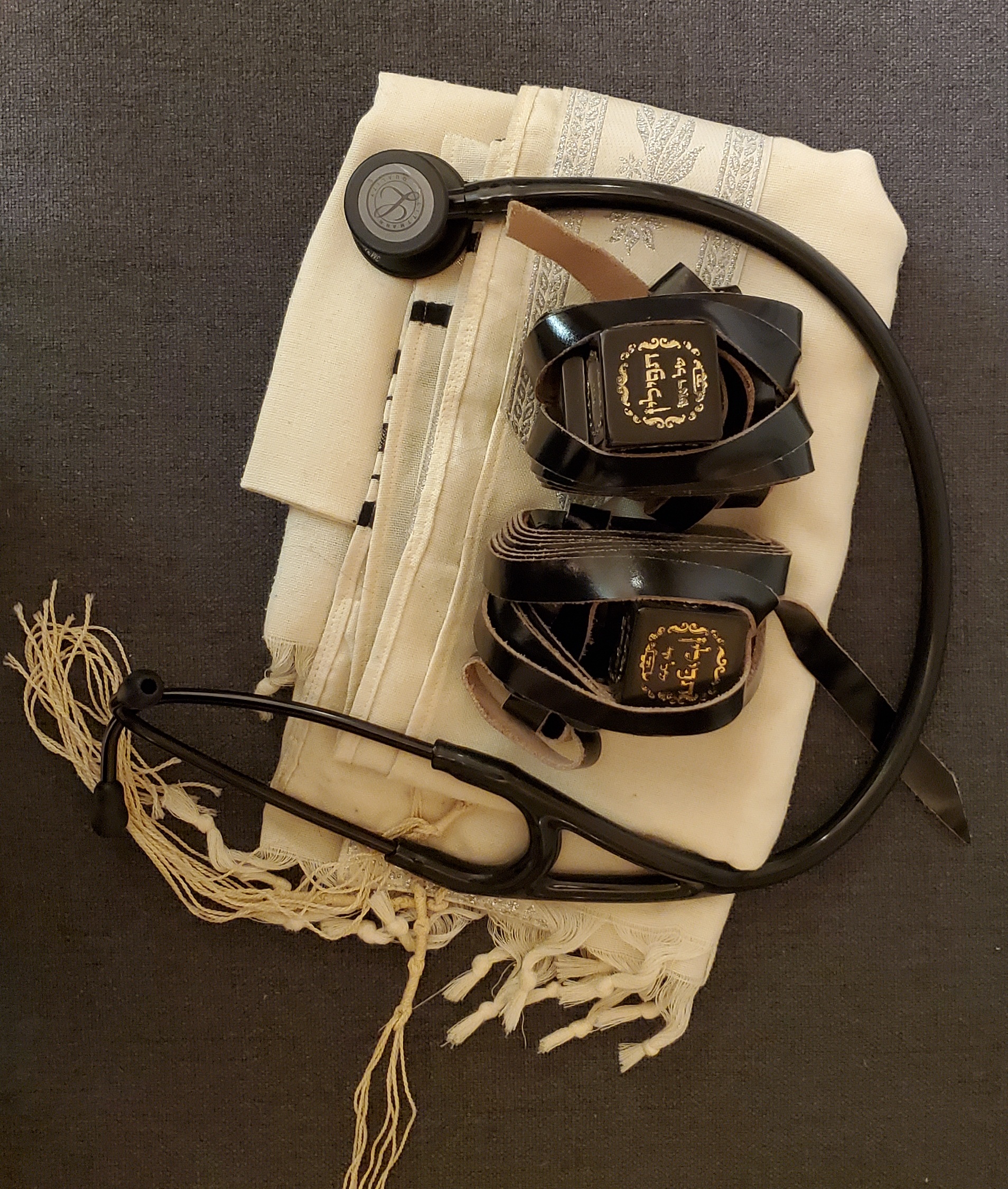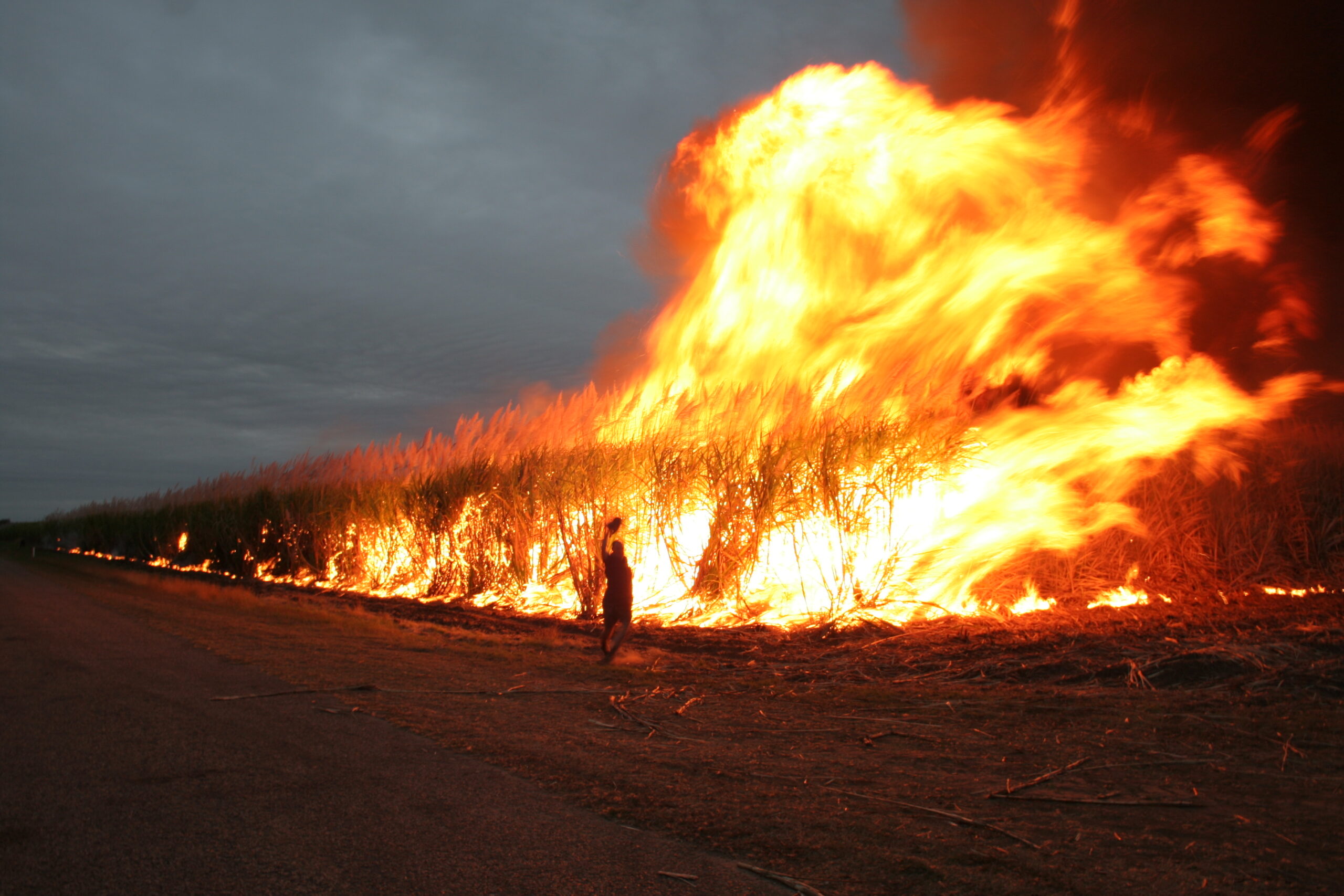Parashat Shmot 5782, 20 Tevet/December 24, 2021
It was the smokiest backyard fire I have ever built.
We had an unseasonably warm, dry day in the middle of last week. Through sheer force of will I caught up on work, cleaned up after the dog, and hauled out the fire pit one last time before winter. We still have an enormous pile of cut firewood from the limb of our neighbors’ tree that crashed into our backyard on June 13th, sitting unused due to an excessive amount of rain, stress, and general exhaustion that has kept us from using it.
Unfortunately, the kindling, “dry leaves” that I had gathered in armfuls from the yard, wouldn’t light. Only the tops were dry; the lower surface where they had been in contact with the grass was wet and already composting in place. This didn’t become clear until they were already on the fire. I managed to salvage the endeavor by finding some newspaper indoors (not easy in 2021 – we’re reduced to burning junk mail coupons), but what resulted was a roaring fire that gave off so much smoke I was still smelling it the next day inside a facemask that hadn’t even been next to the fire.
Building that fire was part of my attempt to climb out of a well of depression, the latest in a series I have experienced since the start of the pandemic. I wasn’t just building fires: I was playing music, finishing a collaborative piece of writing I’d been working on with Rick Light, even going out a few times to places that were vigilantly checking vaccine cards.
And then I got Omicron.
Read MoreLike this:
Like Loading...







